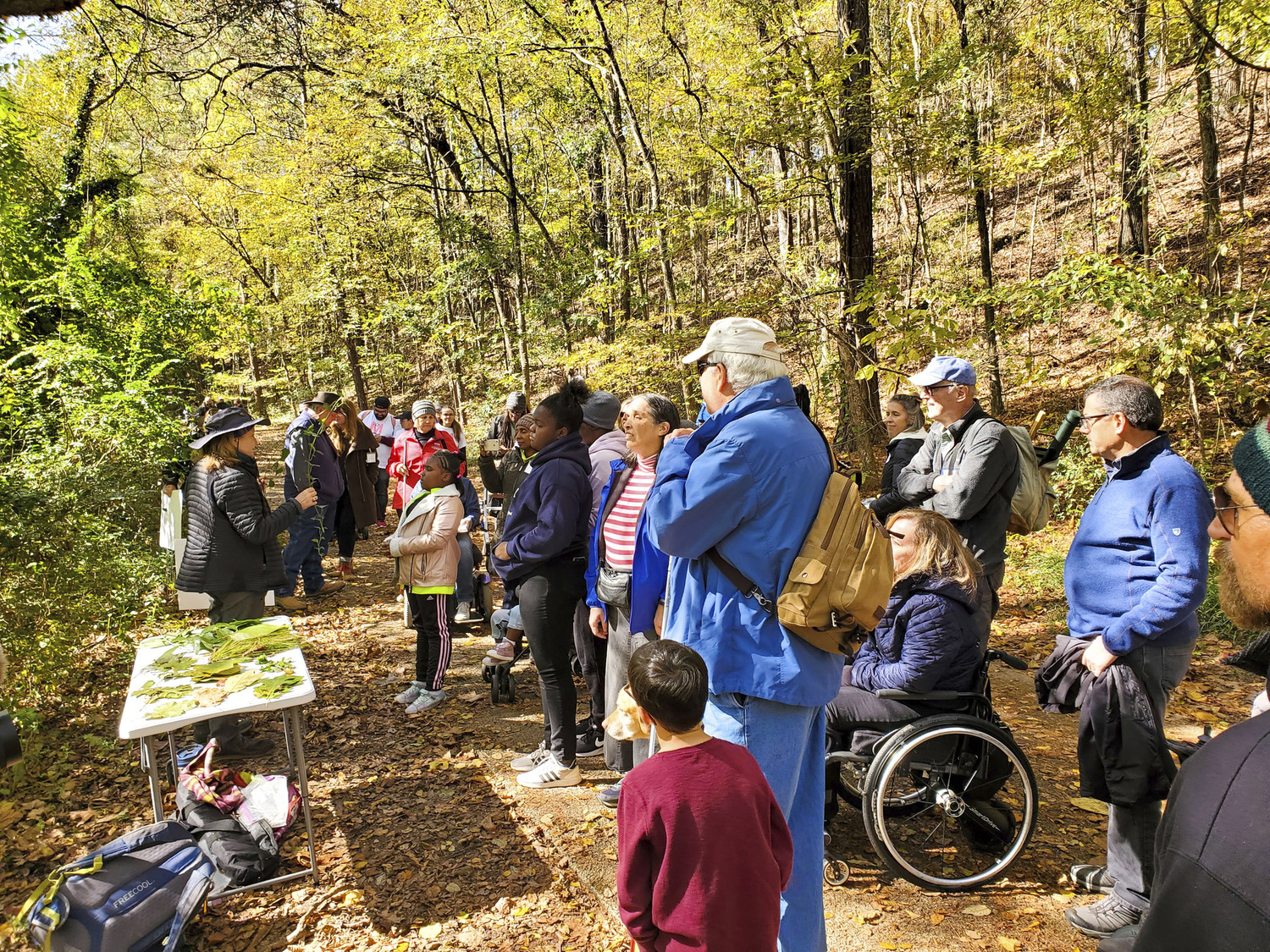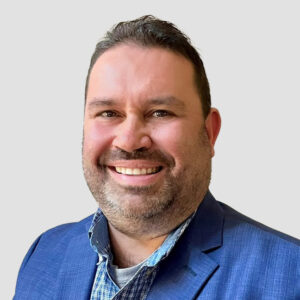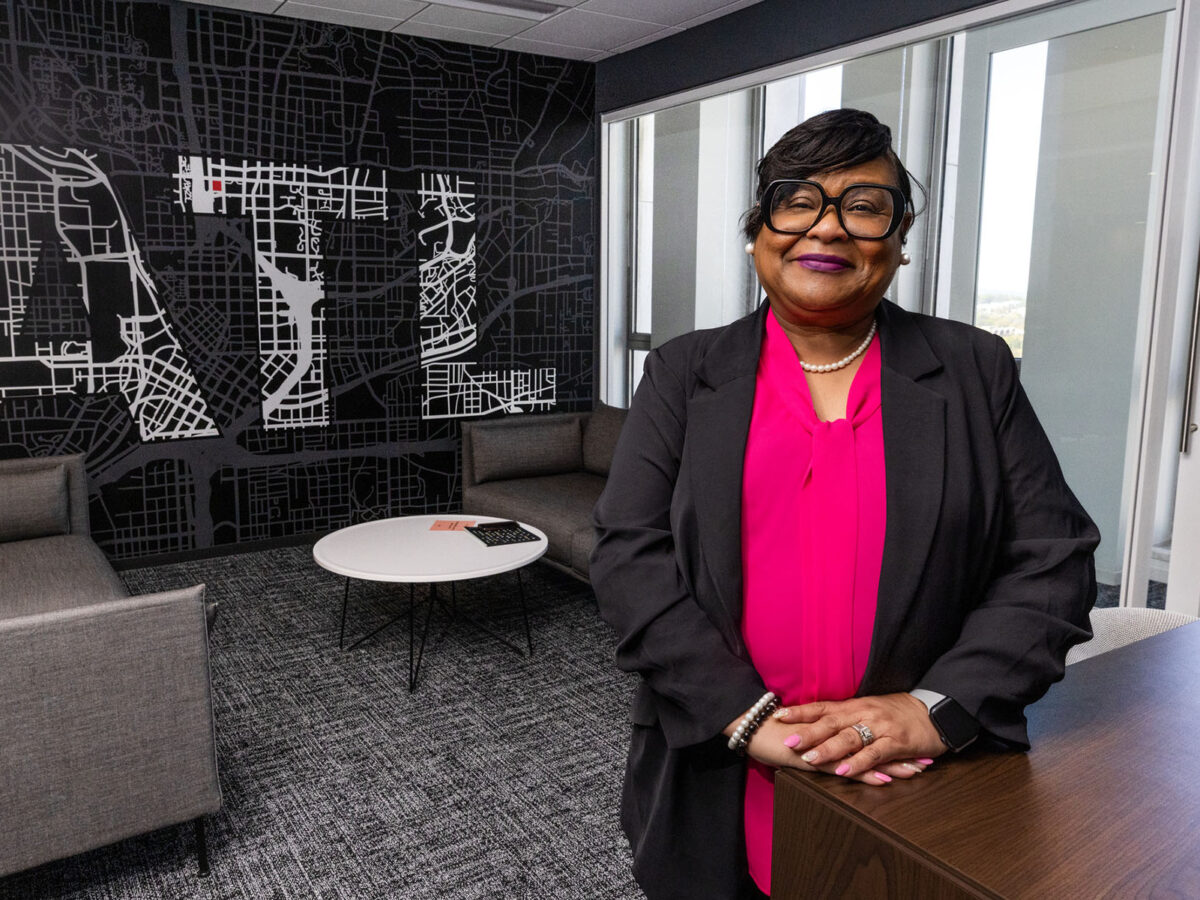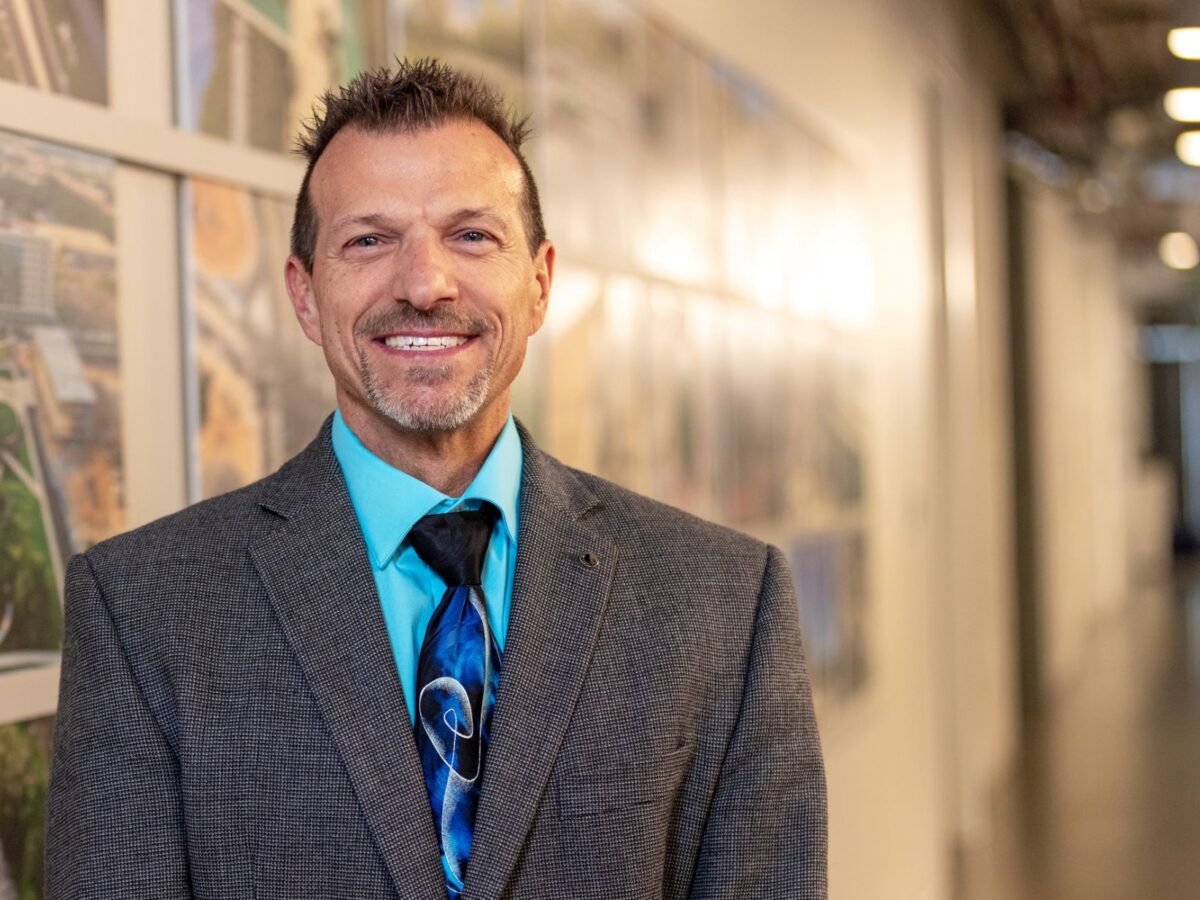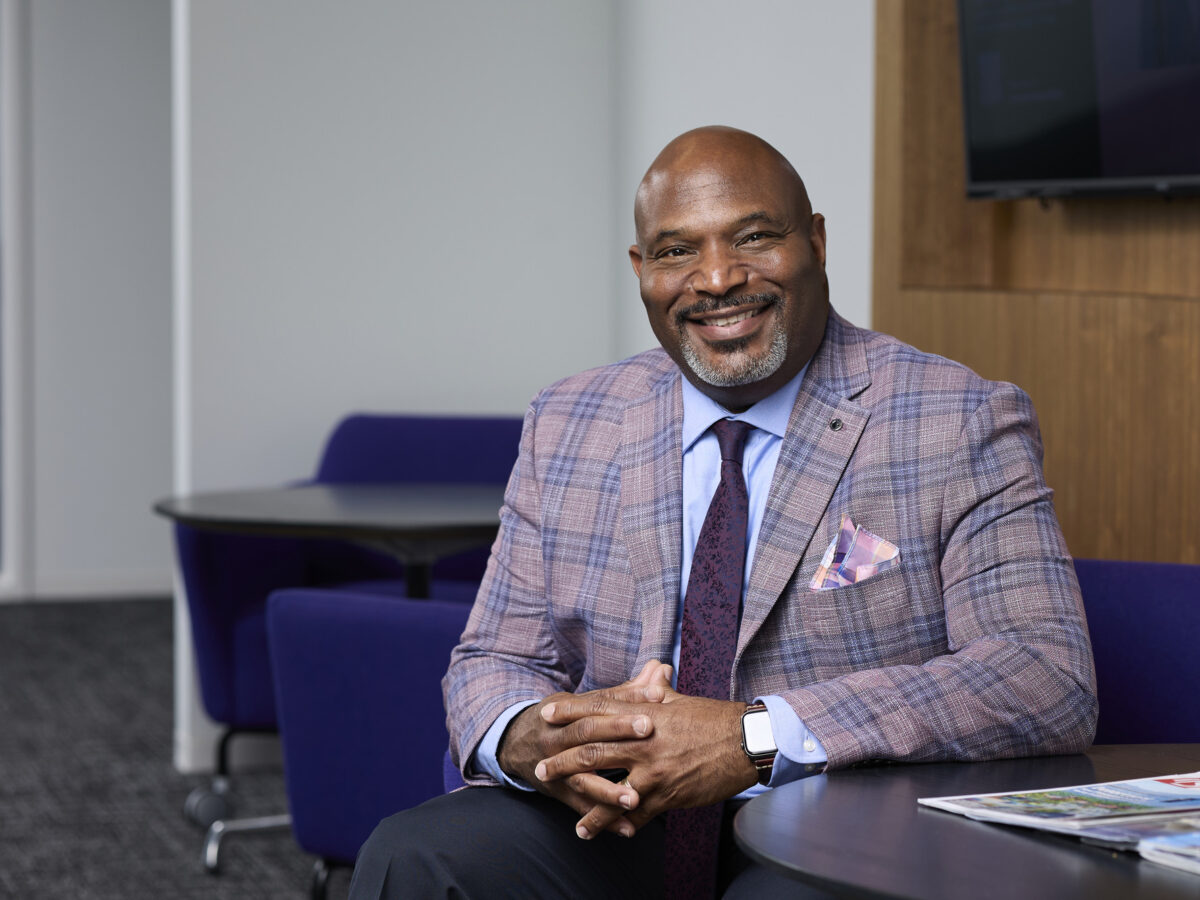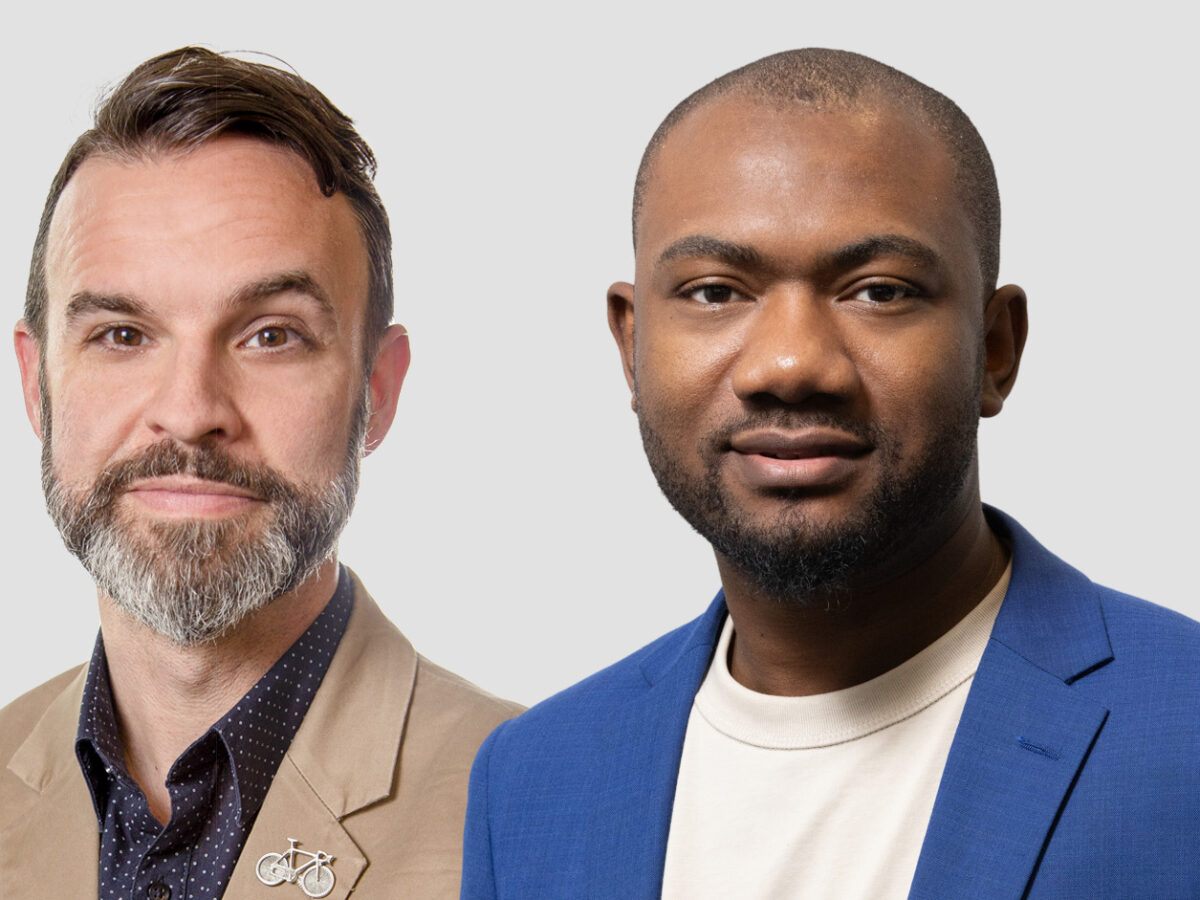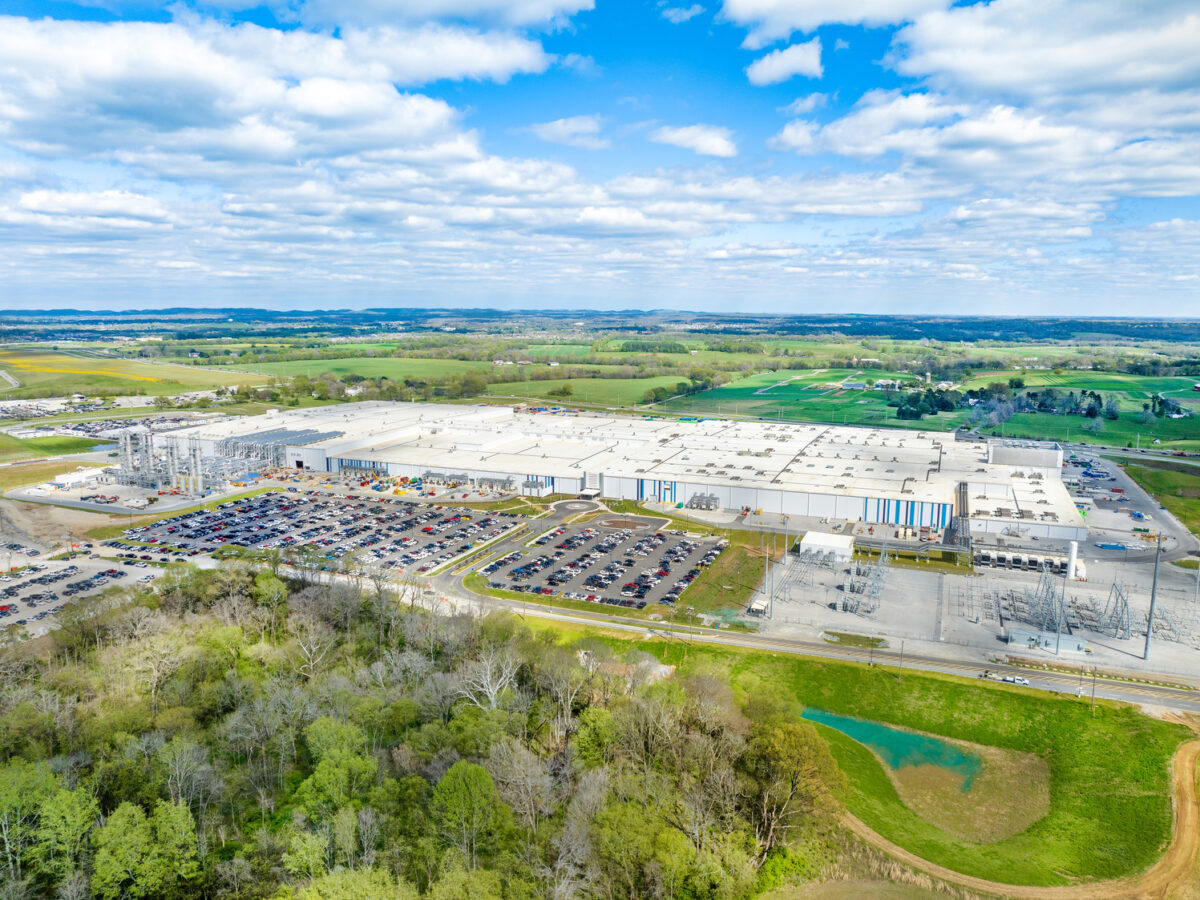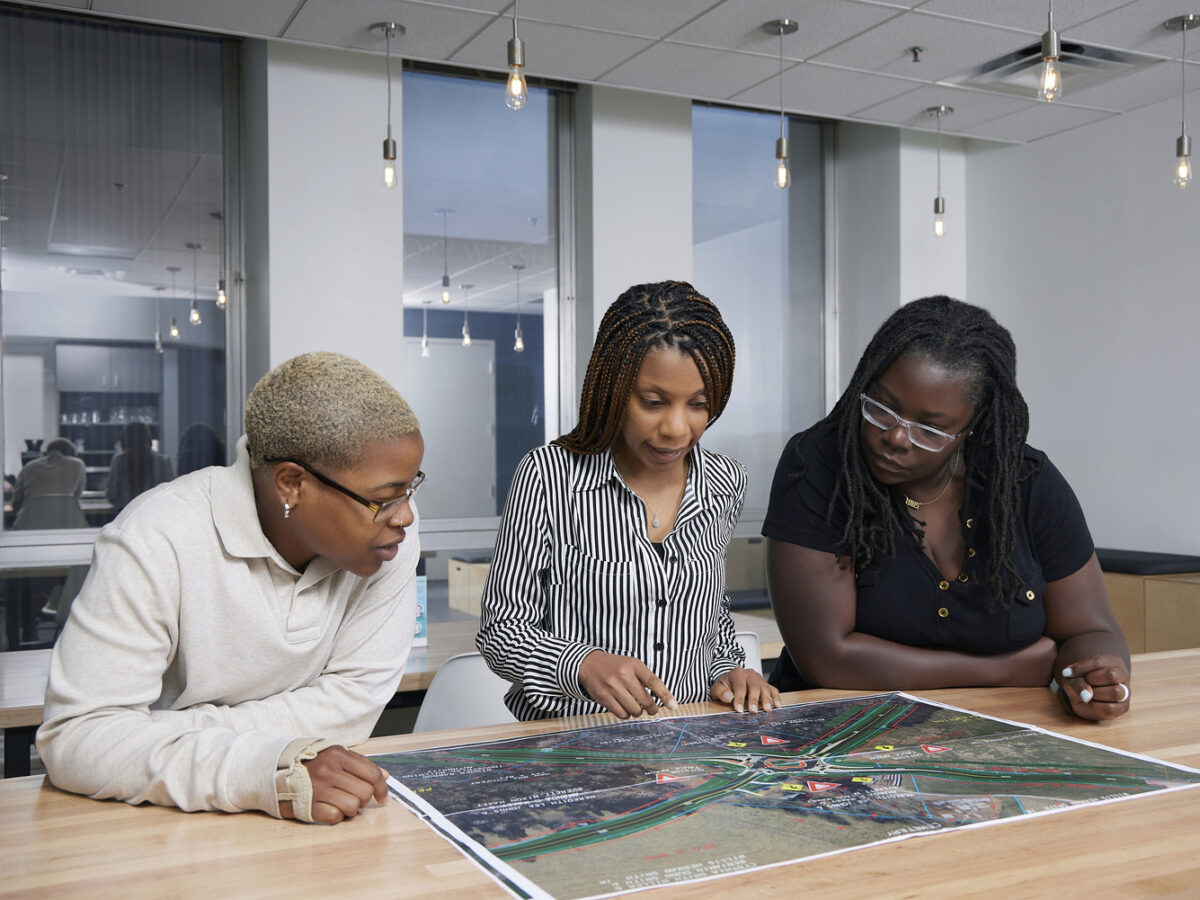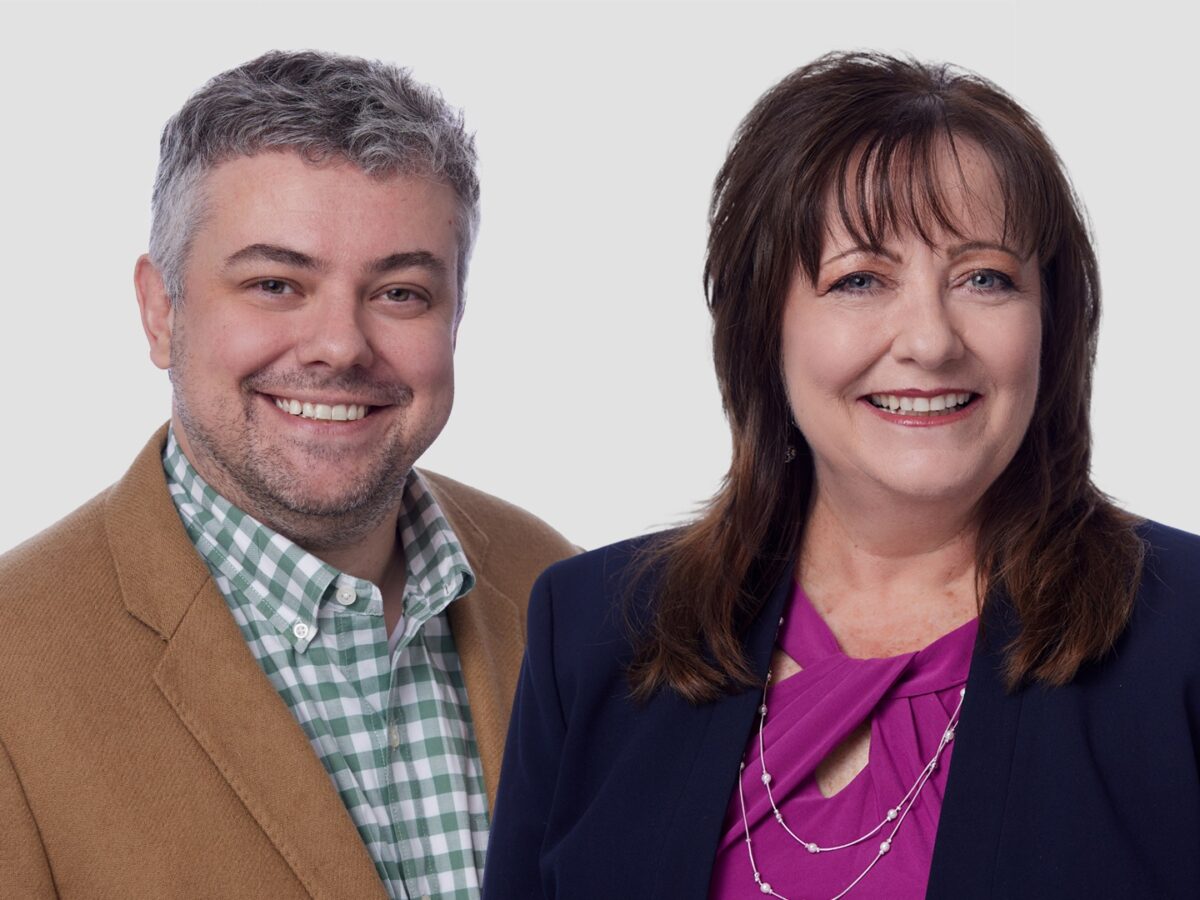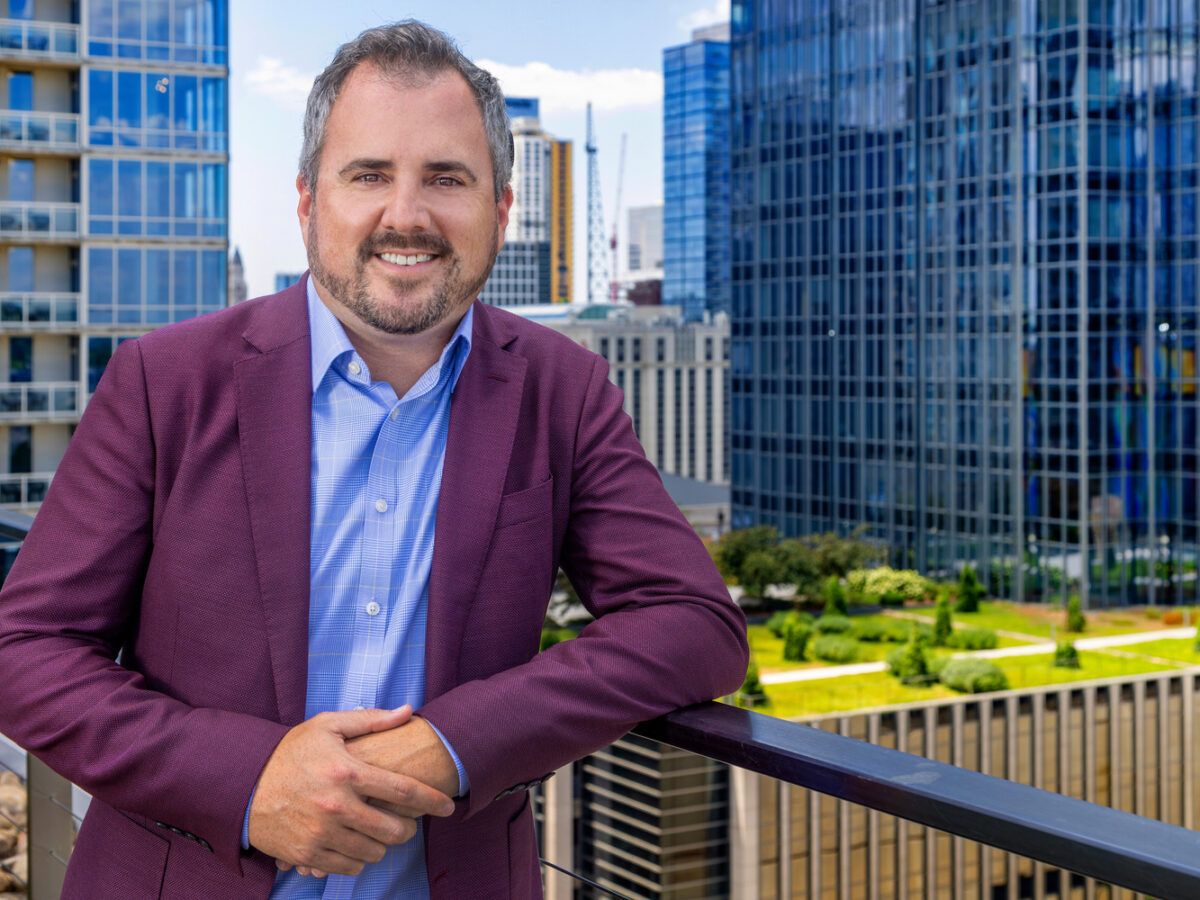Every October, we celebrate National Community Planning Month—a time to reflect on the invaluable contributions of urban and regional planners who work tirelessly to create vibrant, sustainable and equitable communities. While planning is often thought of as an offshoot of architecture or engineering, at Gresham Smith, we see planning as its own distinct profession vital to our perspective as a multidisciplinary firm. Planners are tasked with a broad responsibility for and commitment to the long-term development of communities, working alongside our architects, engineers and other consultants to deliver a multidisciplinary approach for our clients.
As we celebrate our profession, I want to reflect on the ways our planning practice collaborates with other disciplines to deliver on our firm’s core purpose to plan, design and consult to create healthy and thriving communities.
Trained and Certified for Comprehensive Solutions
Planning requires its own rigorous educational and certification pathways. Professional planners typically hold master’s degrees in urban or regional planning or a similar field of study (urban studies, public administration, etc.) and are often certified by the American Institute of Certified Planners (AICP), reflecting years of practice in areas such as land use, transportation, environmental sustainability, and public engagement. This distinct qualification reflects expertise and application of social sciences (economics, geography, sociology, etc.), analytics (statistics, data-visualization, etc.) as well as basic elements of engineering and architecture. The outcome is a profession that is not design based but rather trades in the inter-relationships between policy, systems thinking and community engagement.
Prioritizing the Needs of Communities, Not Just Projects
As planners, we look beyond individual projects and instead we provide a broader perspective to ensure that such projects fit into a larger community vision whether it be for a neighborhood, city, county, region or entire state. We take into account the entire eco-system of how people live, work, and move—integrating housing, transportation, public services, land use, and economic development to support a high quality of life for all residents and future generations.
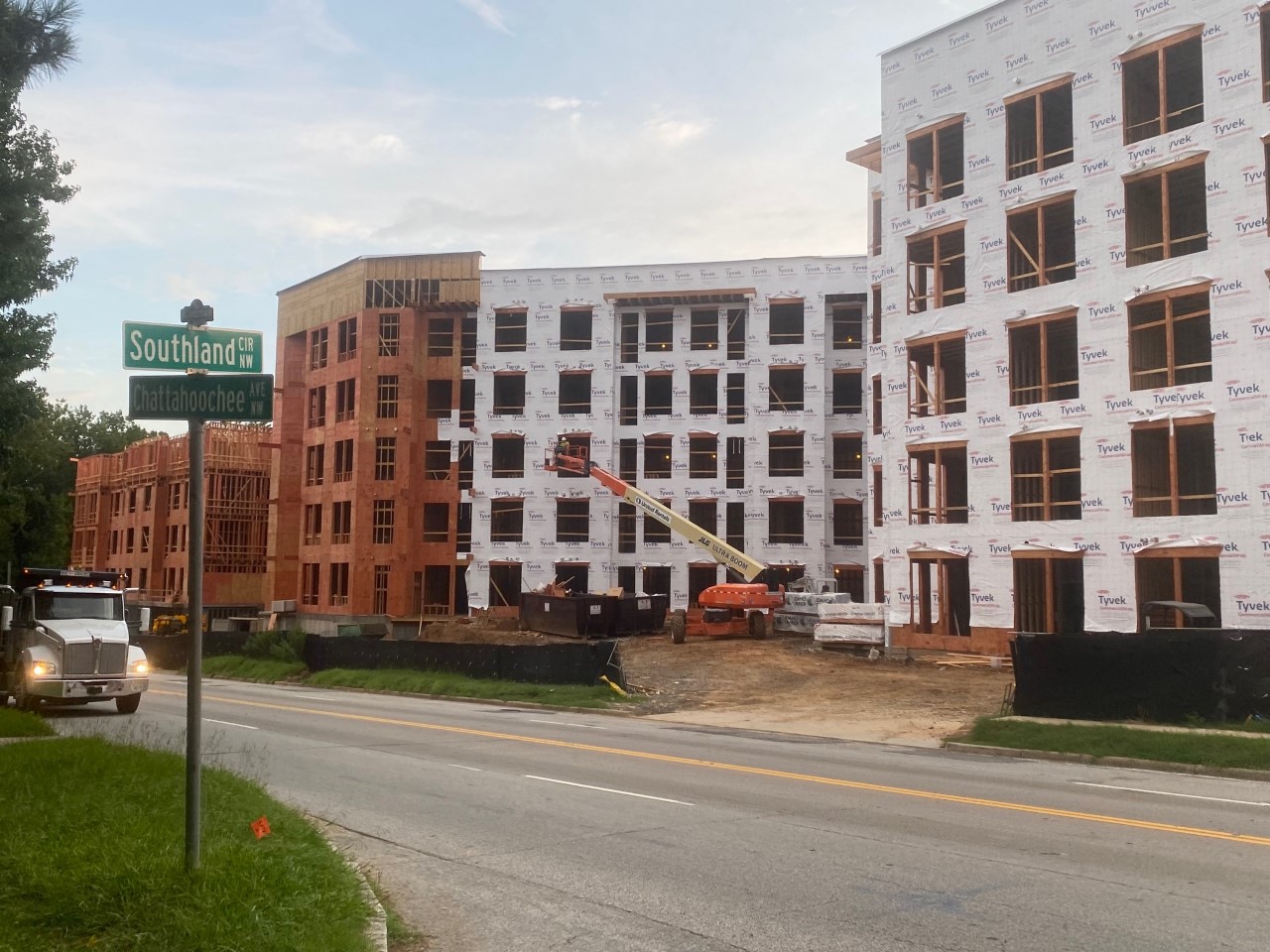
Serving as Facilitator Between Disciplines for Integrated Outcomes
In this regard, planners are trained to think across disciplines to create holistic solutions. We consider how a building or a roadway impacts broader issues like housing, public health, social equity, environmental sustainability and transportation connectivity. While planners do not necessarily participate in the design process, our role is to create a framework and underlying environment that ensures individual designs go beyond functionality and aesthetics and serve a greater good, guiding development toward a balanced and inclusive vision for the future.
Creating Policy, Not Just Plans
Our planners develop the plans, policies and regulations that guide long-term growth through actionable deliverables. Through zoning, land use plans, transportation strategies, and environmental regulations, planners set the framework within which development and infrastructure advancement happens. We ensure that development and infrastructure investment aligns with community goals and supports economic growth without sacrificing environmental sustainability, livability, and social equity. Our efforts transcend any single project or design—it’s about shaping entire cities and regions over decades.
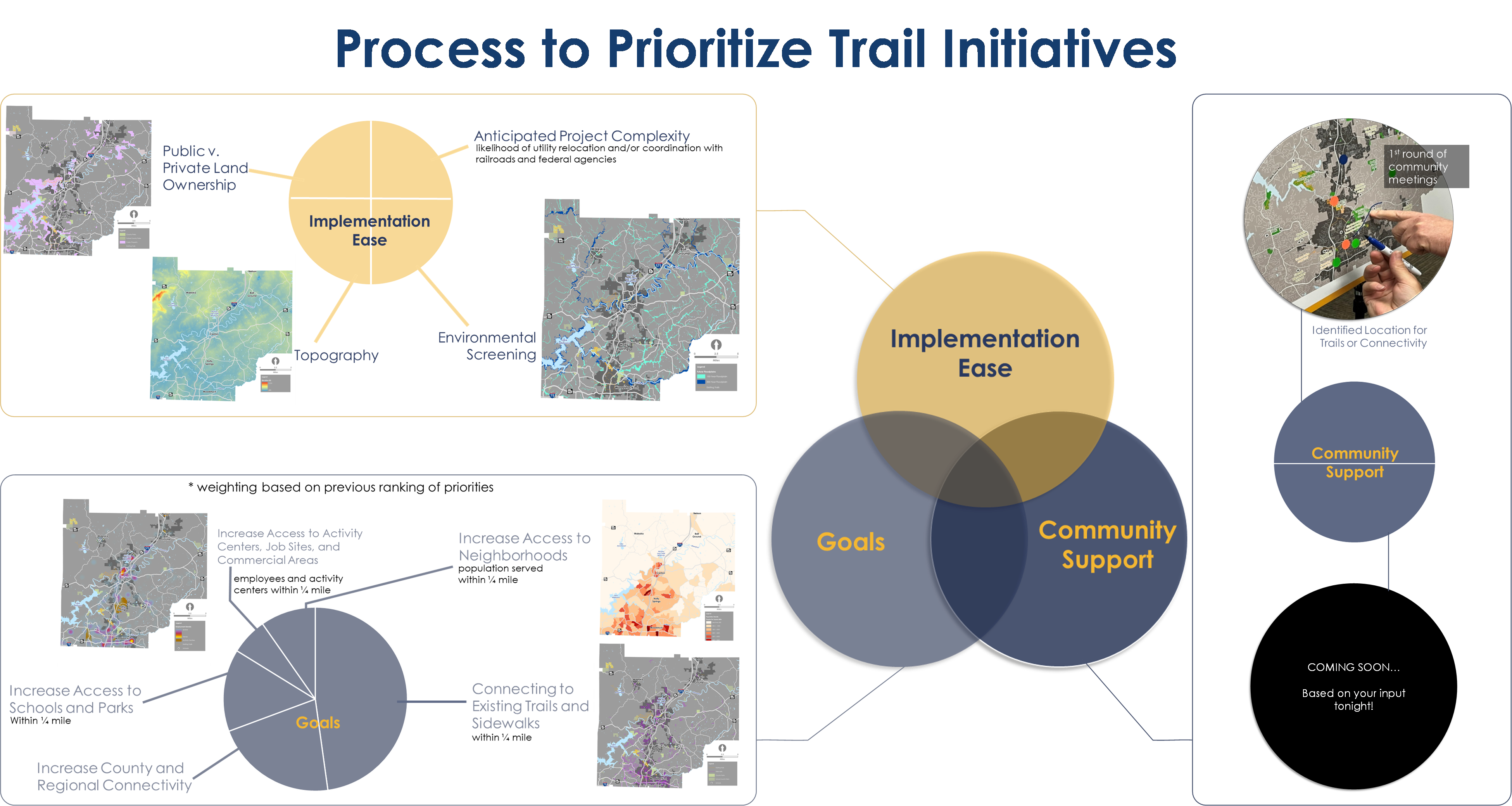
Navigating Complex Political and Social Landscapes
With a focus on policy and regulation, we’re also well-versed in navigating political realities and public input. Our formal education typically includes specific training in conflict resolution and engagement practices to manage the often competing interests of residents, developers, and governments—and find equitable solutions that reflect the long-term needs of the entire community. To that end, we rely on soft skills and political/social acumen to meaningfully balance stakeholder interests while shaping public policy.
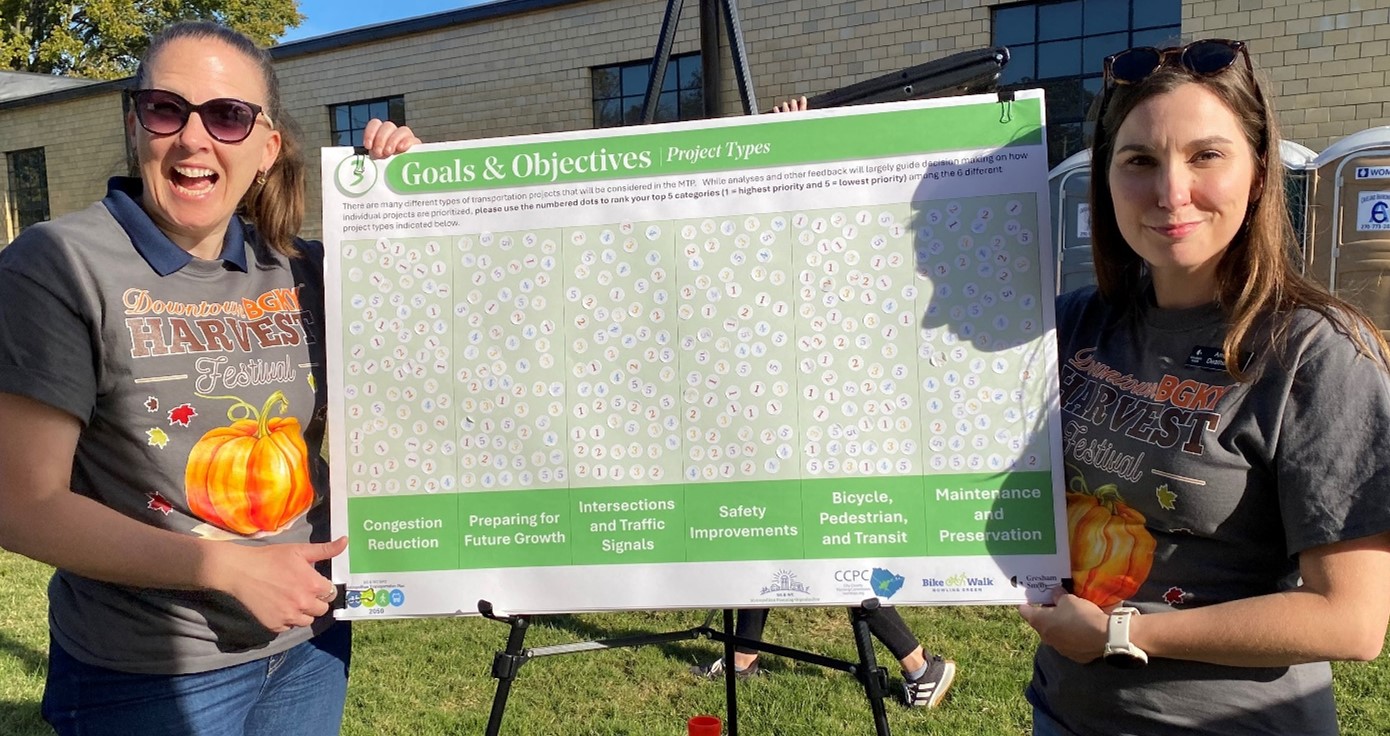
Focusing on Future Generations
In all of our work, we look decades ahead as we consider how today’s decisions will impact communities in the long run—whether through climate resilience, economic sustainability, or the equitable distribution of resources. Because our focus is on creating communities that will thrive for future generations beyond the lifespan and scope of a single project, it can be difficult to tangibly see and feel the impact of our efforts. However, our efforts have a tremendous impact on the overall success and livability of a community.
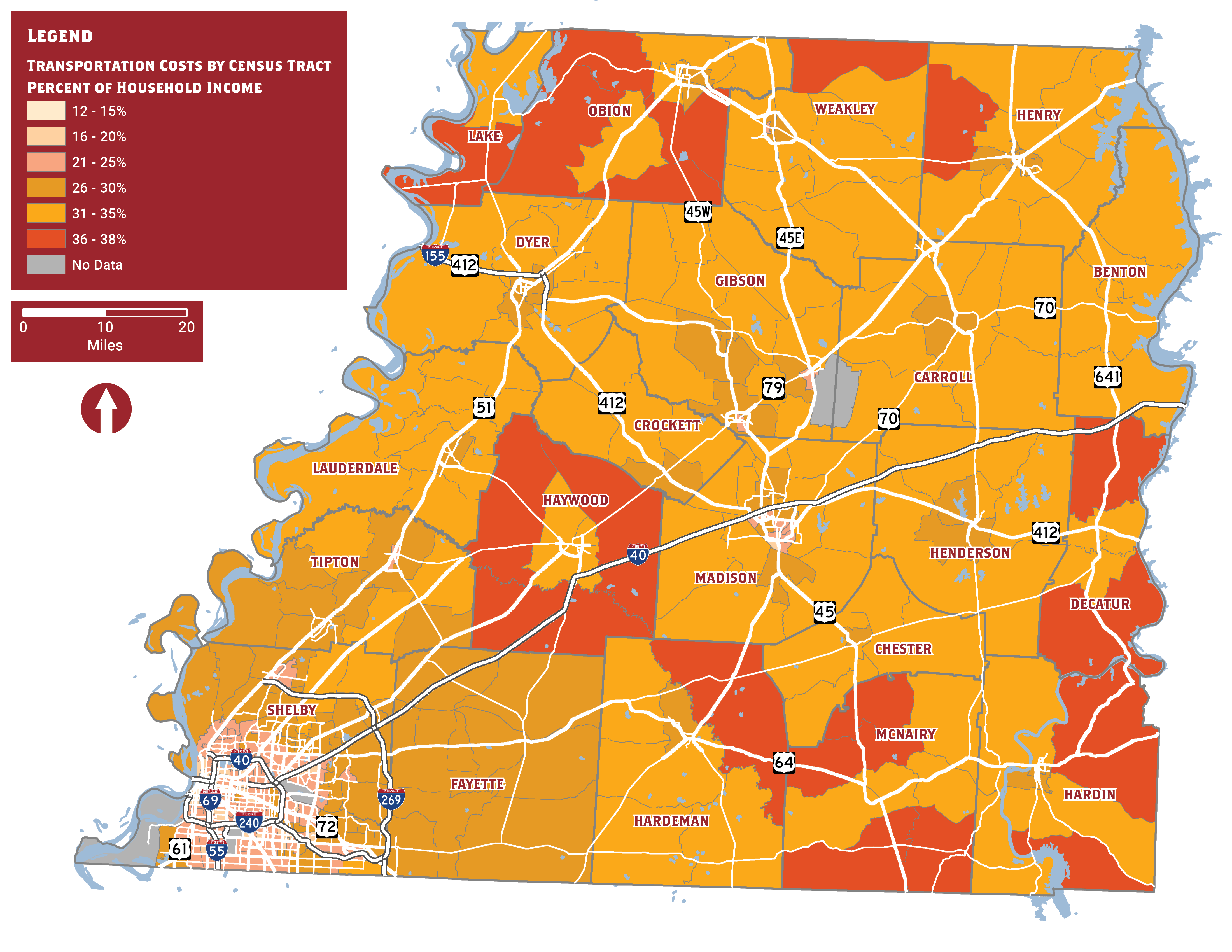
When you work with Gresham Smith, you have access to our professional planning team that complements our multidisciplinary expertise in design and technical execution. This team brings specific qualifications, skills, and vision to enhance our firm’s core purpose to plan, design and consult to create healthy and thriving communities. This National Community Planning Month, let’s recognize the role of planning in crafting the vision, policies, and strategies that ensure buildings, public spaces, roads, and infrastructure work together for the benefit of everyone, today and in the future.
